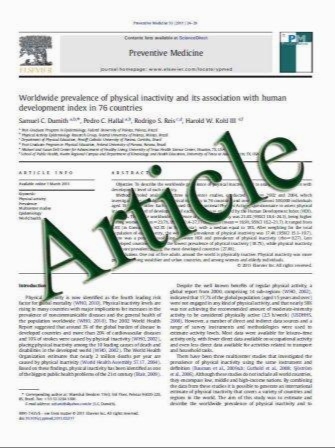The mechanical response of the lumbar spine to different combinations of disc degenerative changes investigated using randomized poroelastic finite element models
- نوع فایل : کتاب
- زبان : انگلیسی
- مؤلف : Fabio Galbusera • Hendrik Schmidt • Cornelia Neidlinger-Wilke • Andreas Gottschalk • Hans-Joachim Wilke
- چاپ و سال / کشور: 2010
Description
Degeneration of the intervertebral disc is related to progressive changes in the disc tissue composition and morphology, such as water loss, disc height loss, endplate calcification, osteophytosis. These changes may be present separately or, more frequently, in various combinations. This work is aimed to the biomechanical investigation of a wide range of clinical scenarios of disc degeneration, in which the most common degenerative changes are present in various combinations. A poroelastic non-linear finite element model of the healthy L4–L5 human spine segment was employed and randomly scaled to represent ten spine segments from different individuals. Six different degenerative characteristics (water loss in the nucleus pulposus and annulus fibrosus; calcification and thickness reduction of endplate cartilage; disc height loss; osteophyte formation; diffuse sclerosis) were modeled in 30 randomly generated models, 10 for each overall degree of degeneration (mild, moderate, severe). For each model, a daily loading cycle including 8 h of rest, 16 h in the standing position with superimposed two flexion–extension motion cycles was simulated. A tendency to an increase of stiffness with progressing overall degeneration was observed, in compression, flexion and extension. Hence, instability for mild degeneration was not predicted. Facet forces and fluid loss decreased with disc degeneration. Nucleus, annulus and endplate degeneration, disc height loss, osteophytosis and diffuse sclerosis all induced a statistically significant decrease in the total daily disc height variation, facet force and flexibility in flexion–extension. Therefore, grading systems for disc degeneration should include all the degenerative changes considered in this work, since all of them had a significant influence on the spinal biomechanics.
Eur Spine J (2011) 20:563–571 DOI 10.1007/s00586-010-1586-4 Received: 21 May 2010 / Revised: 28 July 2010 / Accepted: 25 September 2010 / Published online: 10 October 2010


